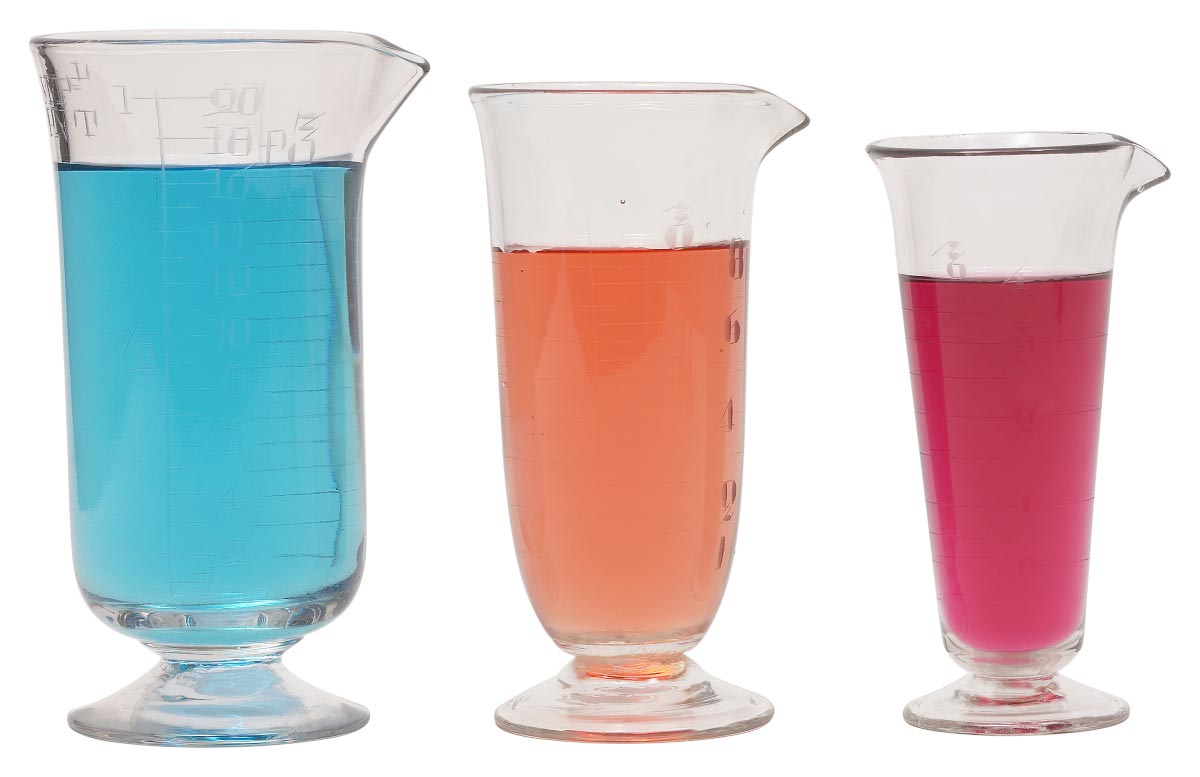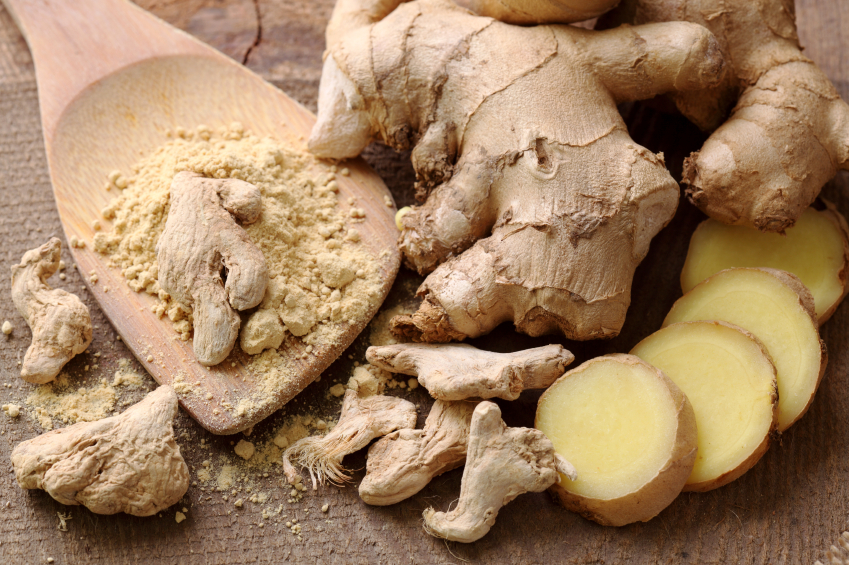 Parler
Parler Gab
Gab
- Nearly 20 percent of U.S. packaged foods and beverages contain synthetic dyes, including 28 percent of foods targeting children.
- These petroleum-based additives (e.g., Red No. 40, Yellow No. 5, Blue No. 1) are tied to hyperactivity, allergies and neurological harm, despite offering no nutritional benefit.
- Foods with synthetic dyes contain 141 percent more sugar on average, exacerbating risks for behavioral issues, metabolic disorders and addiction-like consumption.
- The FDA's slow action (e.g., delayed Red No. 3 ban) and lack of bans on other harmful dyes highlight weak oversight, unlike Europe’s stricter warning labels.
- To reduce exposure, read labels (avoid "FD&C" dyes), choose organic, cook whole foods and support detox with antioxidant-rich diets. Systemic change is needed for long-term safety.
The hidden dangers of chemical colorings
Each synthetic dye carries unique risks, yet all share a common trait. They are unnecessary additives with documented health hazards. Here are some to watch out for:- Red Dye No. 3 (Erythrosine): Banned in cosmetics since 1990 due to cancer risks, it remained legal in food until a recent FDA ban set for 2025.
- Red Dye No. 40 (Allura Red): Derived from petroleum, it is the most widely used dye and has been linked to hyperactivity and allergic reactions.
- Yellow Dye No. 5 (Tartrazine): Known to trigger asthma attacks and mimic aspirin allergies.
- Blue Dye No. 1 (Brilliant Blue): Can cross the blood-brain barrier and has been associated with brain tumors in animal studies.
- Read labels carefully: Avoid any ingredient listed as "FD&C" followed by a color and number.
- Choose organic: Organic certification prohibits synthetic dyes, significantly reducing exposure.
- Cook from scratch: Whole, unprocessed foods eliminate hidden additives.
- Support detoxification: Antioxidant-rich foods like berries and leafy greens help the liver process chemical toxins.
More related stories:
Research shows food dyes can damage DNA structure and cause cancer. Understanding how food dyes impact children’s health: Their history, politics, alternatives. RFK Jr. gives food companies two years to remove harmful artificial dyes. Sources include: NaturalHealth365.com JANDOnline.org News-Medical.net HealthDay.com Brighteon.comTelegraph: British F-35 jets have flimsy protection, RAF bases vulnerable to sabotage
By Ramon Tomey // Share
The dangers of Propylparaben: A stealthy threat in personal care products
By Zoey Sky // Share
Why ginger is a diabetic’s best friend
By News Editors // Share
Vitamin C rediscovered as a genetic youth serum in landmark skin study
By Willow Tohi // Share
A new era in predictive AI: Centaur’s cognitive breakthrough
By Willow Tohi // Share
Governments continue to obscure COVID-19 vaccine data amid rising concerns over excess deaths
By patricklewis // Share
Tech giant Microsoft backs EXTINCTION with its support of carbon capture programs
By ramontomeydw // Share
Germany to resume arms exports to Israel despite repeated ceasefire violations
By isabelle // Share










